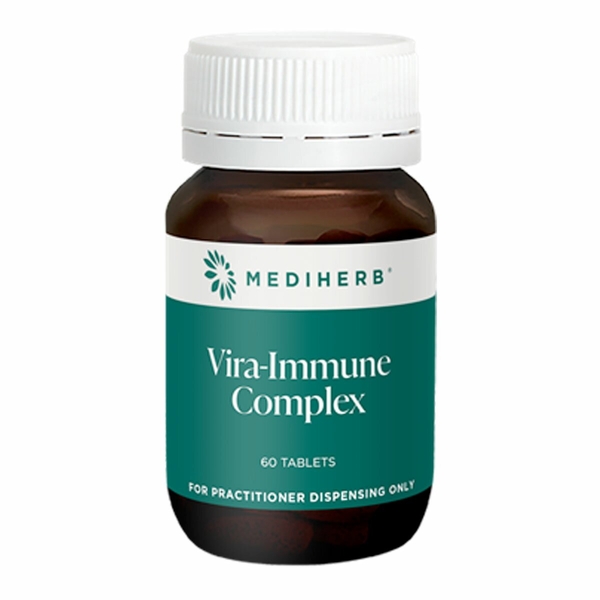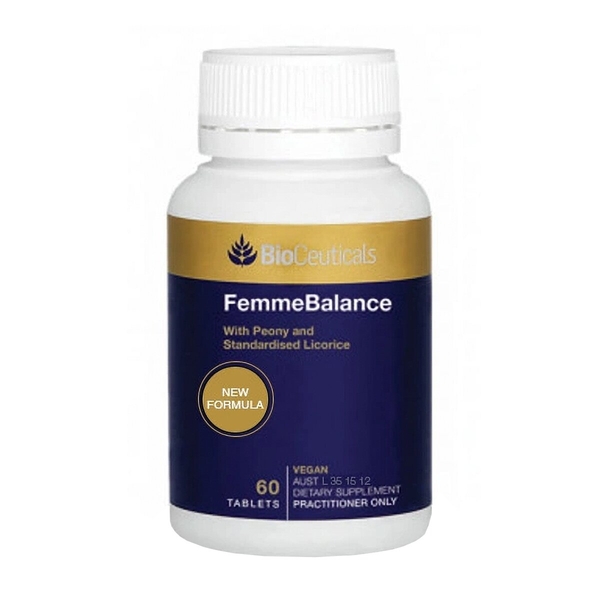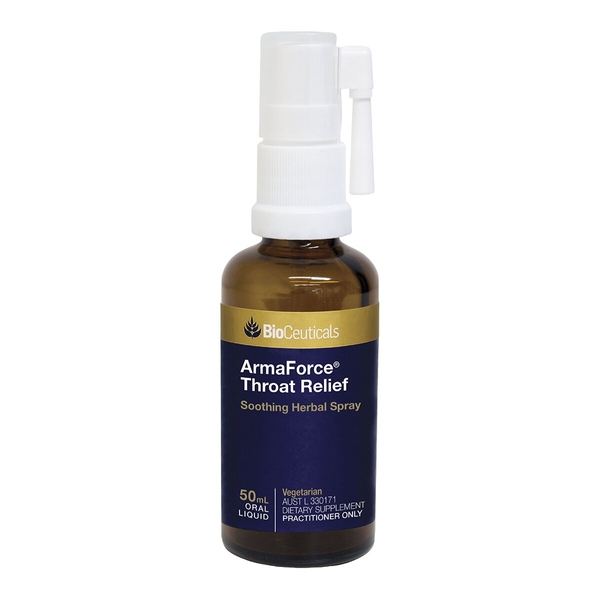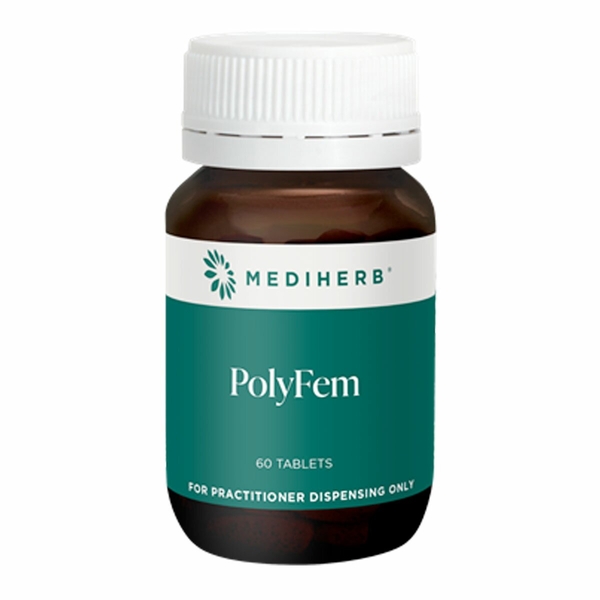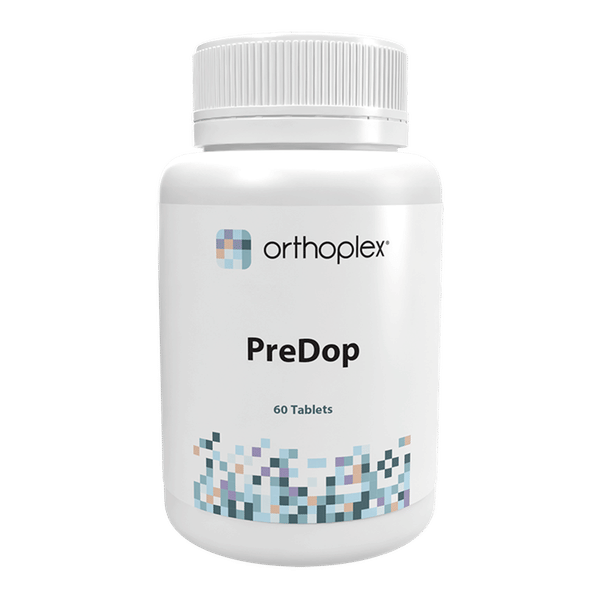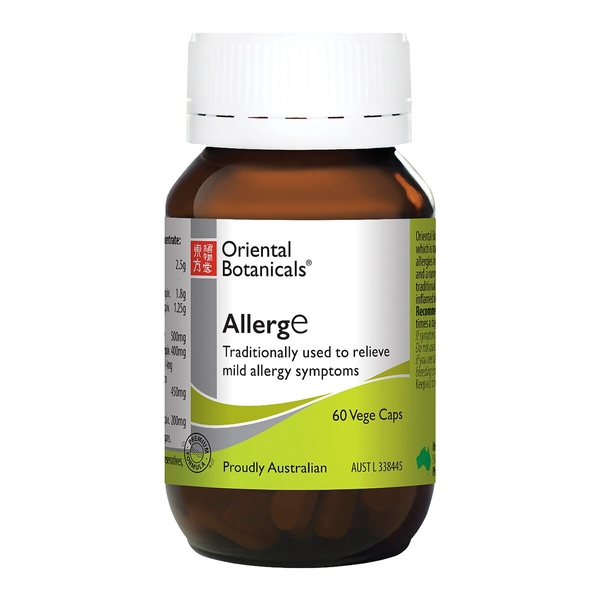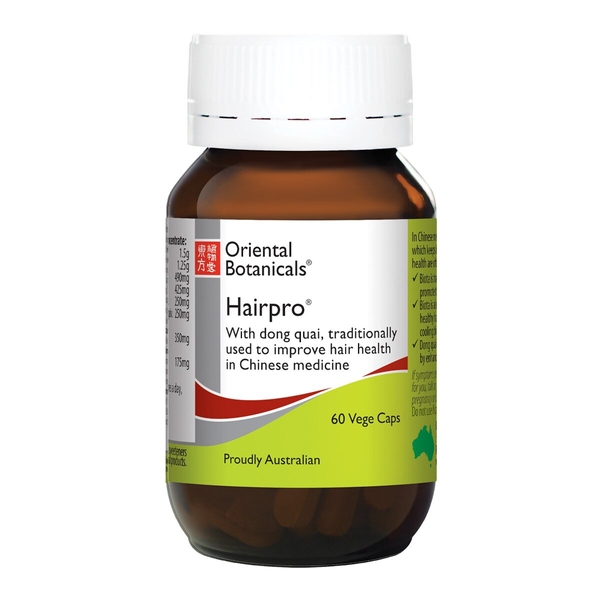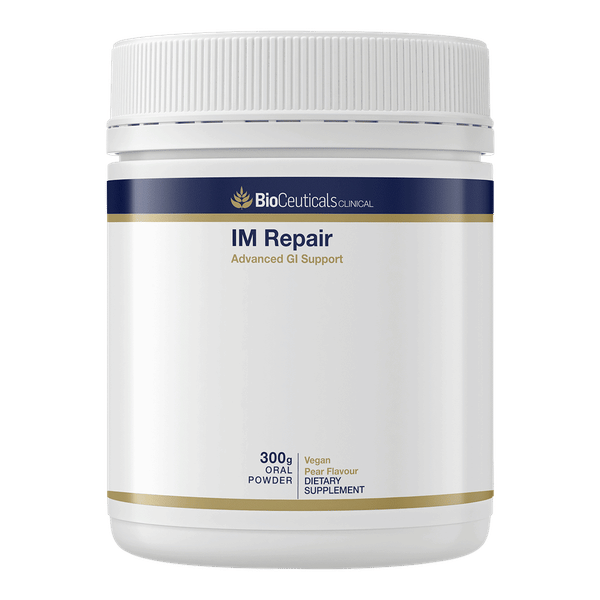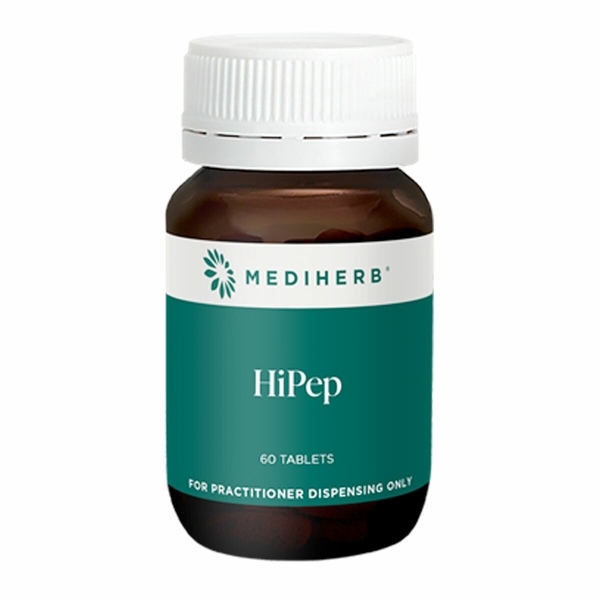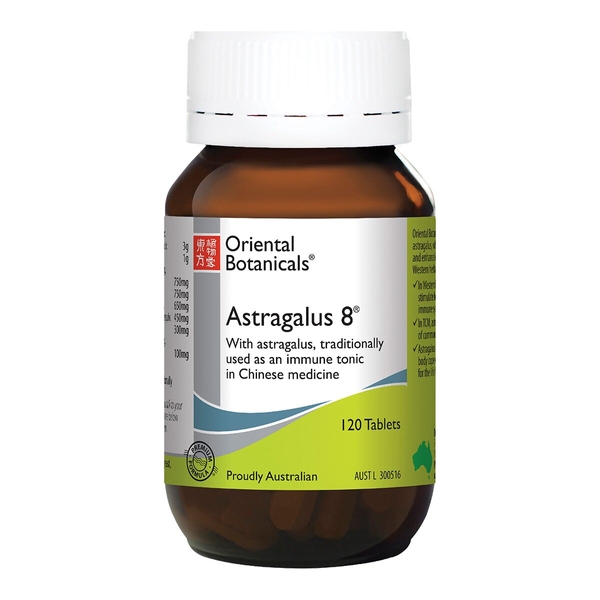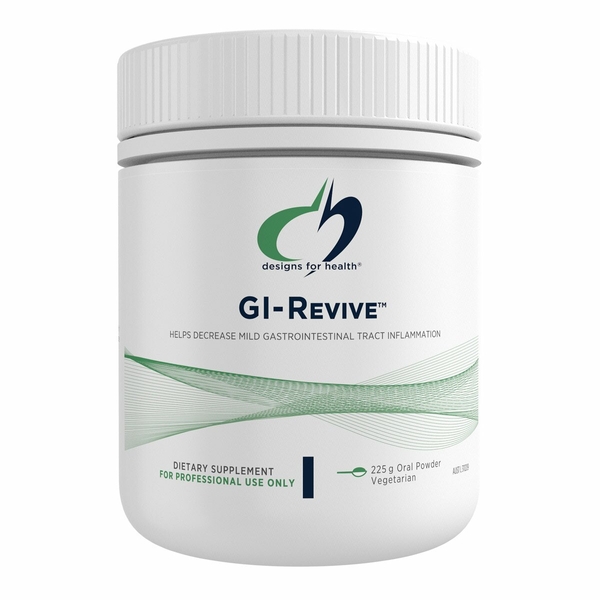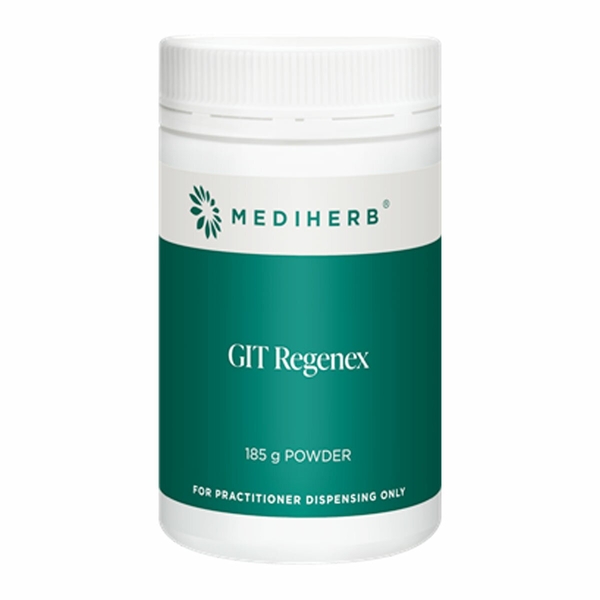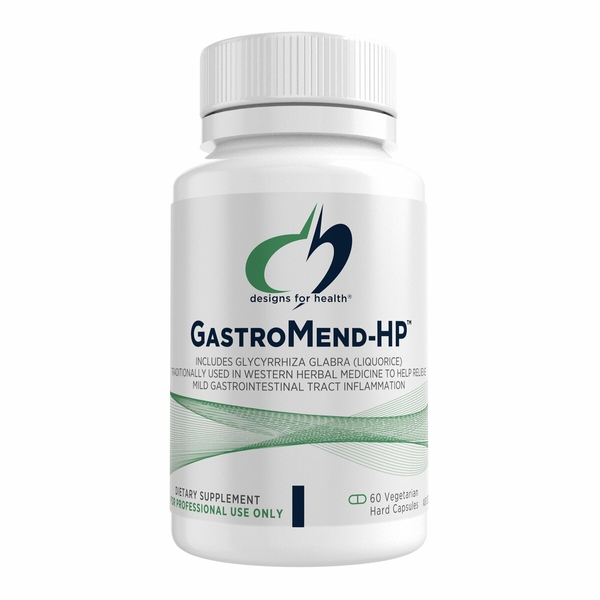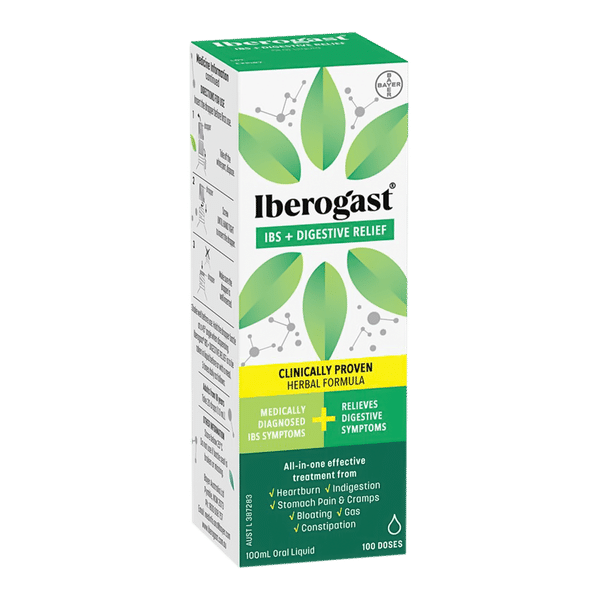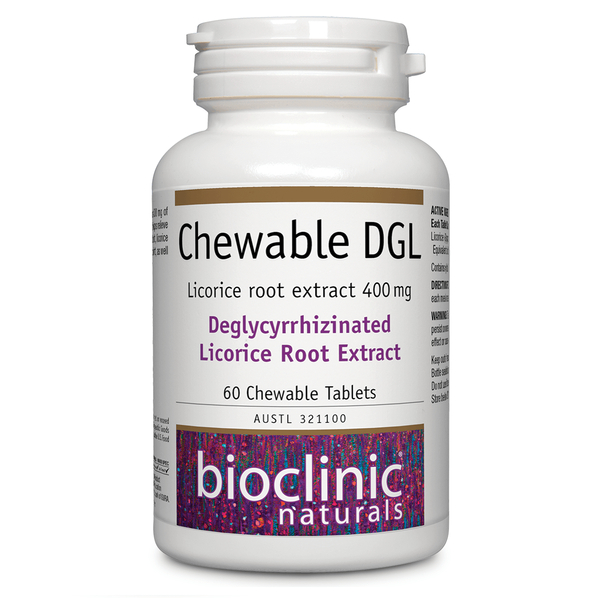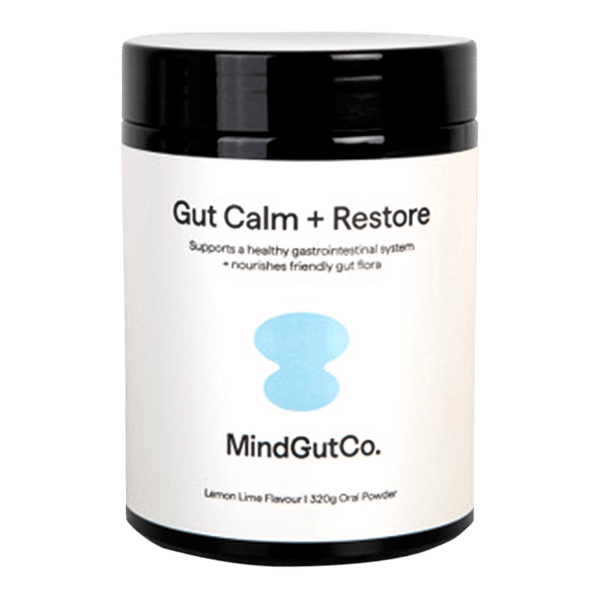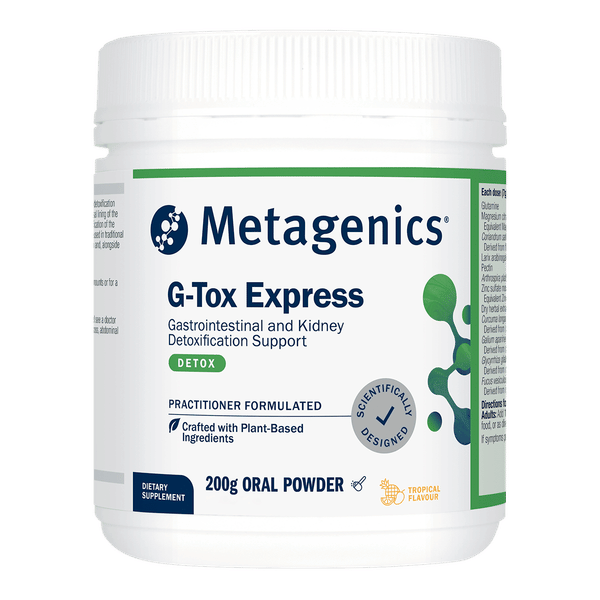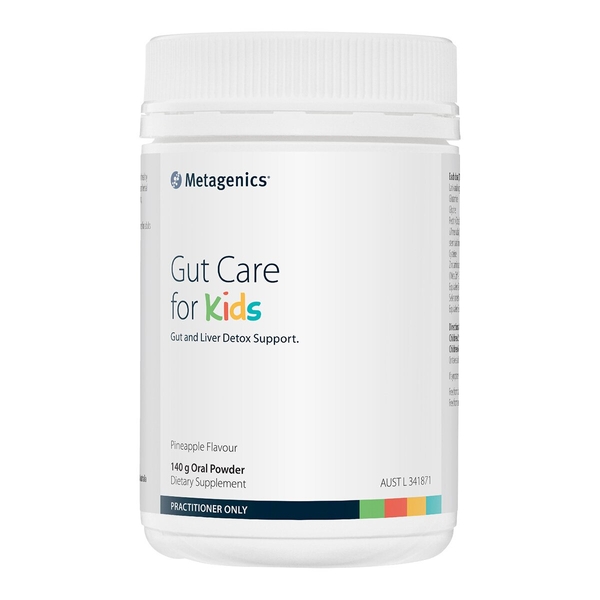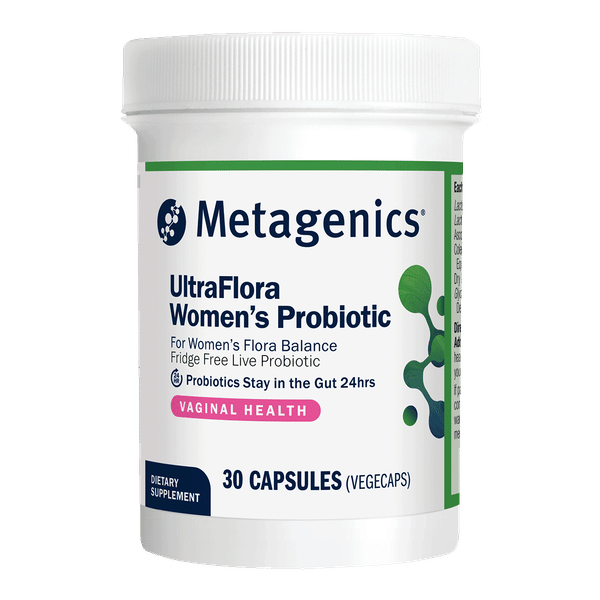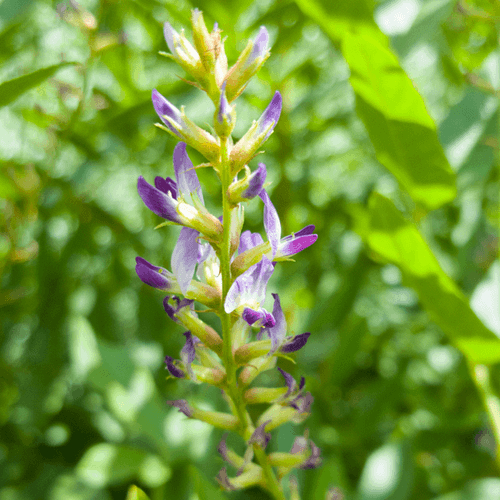
Background
The chemicals in licorice are thought to decrease swelling, decrease cough, and increase the chemicals in our body that heal ulcers. Many "licorice" products made in the U.S. actually don't contain licorice. They contain anise oil, which has the smell and taste of "black licorice".
Licorice is used for eczema, swelling of the liver, mouth sores, and many other conditions, but there is no good scientific evidence to support most of these uses. There is also no good evidence to support using licorice for COVID-19.
Safety Safety definitions
Licorice that contains glycyrrhizin is possibly unsafe when consumed in large amounts or for a long time. Eating licorice 5 grams or more daily for several weeks can cause severe side effects including heart attack. People who have heart disease, kidney disease, or high blood pressure are more sensitive to it. Ingesting large amounts of licorice from candy, lozenges, or tea might also cause serious side effects.
When applied to the skin: Applying gel with licorice root extract 2% is possibly safe for up to 2 weeks. It is possibly safe to use a licorice mouth rinse for up to one week.
Special Precautions & Warnings:
Pregnancy: It is unsafe to take licorice when pregnant. It might cause a miscarriage or early delivery. Eating about 250 grams of licorice per week seems to increase the risk of early delivery.Breast-feeding: There isn't enough reliable information available about the safety of taking licorice when breast-feeding. Stay on the safe side and avoid use.
Heart conditions: Licorice can cause the body to store water, and this can make heart failure worse. Licorice can also increase the risk of irregular heartbeat. Don't consume licorice if you have a heart condition.
Hormone-sensitive conditions such as breast cancer, uterine cancer, ovarian cancer, endometriosis, or uterine fibroids: Licorice might act like estrogen in the body. If you have any condition that might be made worse by exposure to estrogen, don't use licorice.
High blood pressure: Licorice can raise blood pressure. Don't consume large amounts of licorice if you have high blood pressure.
A muscle condition caused by nerve problems (hypertonia): Licorice can lower potassium levels in the blood. This can make hypertonia worse. Avoid licorice if you have hypertonia.
Low potassium levels in the blood (hypokalemia): Licorice can lower potassium levels in the blood. If your potassium is already low, licorice might make it too low. Don't use licorice if you have this condition.
Kidney disease: Consuming large amounts of licorice could make kidney disease worse.
Sexual problems: Consuming large amounts of licorice can lower interest in sex. It can also worsen erectile dysfunction (ED) by lowering levels of testosterone.
Surgery: Licorice might interfere with blood pressure control during and after surgery. Stop taking licorice at least 2 weeks before a scheduled surgery.
Effectiveness
- Eczema (atopic dermatitis). Applying a gel containing licorice three times daily for 2 weeks seems to reduce redness, swelling, and itching from eczema.
- Canker sores. Applying a patch containing licorice and using licorice mouth rinses seem to help reduce pain and speed up healing of canker sores.
- Side effects in people after breathing tube removal. Sucking on a licorice lozenge or gargling with a licorice fluid shortly before placement of a breathing tube seems to help prevent cough and sore throat from occurring when the tube is removed.
Dosing & administration
Licorice naturally contains a chemical called glycyrrhizin. The amount of glycyrrhizin usually ranges from 1% to 12%. Most of the side effects from licorice are caused by this chemical. Licorice products that have had glycyrrhizin removed are sometimes called deglycyrrhizinated licorice (DGL).
Many "licorice" products manufactured in the U.S. actually don't contain any licorice. Instead, they contain anise oil, which has the smell and taste of "black licorice".
Interactions with pharmaceuticals
Cisplatin (Platinol-AQ)
Interaction Rating=Moderate Be cautious with this combination.
Cisplatin is used to treat cancer. Licorice might decrease how well cisplatin works.
Digoxin (Lanoxin)
Interaction Rating=Moderate Be cautious with this combination.
Large amounts of licorice can decrease potassium levels in the body. Low potassium levels can increase the side effects of digoxin.
Estrogens
Interaction Rating=Moderate Be cautious with this combination.
Licorice seems to change hormone levels in the body. Taking licorice along with estrogen might decrease the effects of estrogen.
Medications changed by the liver (Cytochrome P450 1A2 (CYP1A2) substrates)
Interaction Rating=Minor Be watchful with this combination.
Some medications are changed and broken down by the liver. Licorice might change how quickly the liver breaks down these medications. This could change the effects and side effects of these medications.
Medications changed by the liver (Cytochrome P450 2B6 (CYP2B6) substrates)
Interaction Rating=Moderate Be cautious with this combination.
Some medications are changed and broken down by the liver. Licorice might change how quickly the liver breaks down these medications. This could change the effects and side effects of these medications.
Medications changed by the liver (Cytochrome P450 2C19 (CYP2C19) substrates)
Interaction Rating=Moderate Be cautious with this combination.
Some medications are changed and broken down by the liver. Licorice might change how quickly the liver breaks down these medications. This could change the effects and side effects of these medications.
Medications changed by the liver (Cytochrome P450 2C8 (CYP2C8) substrates)
Interaction Rating=Moderate Be cautious with this combination.
Some medications are changed and broken down by the liver. Licorice might change how quickly the liver breaks down these medications. This could change the effects and side effects of these medications.
Medications changed by the liver (Cytochrome P450 2C9 (CYP2C9) substrates)
Interaction Rating=Moderate Be cautious with this combination.
Some medications are changed and broken down by the liver. Licorice might change how quickly the liver breaks down these medications. This could change the effects and side effects of these medications.
Medications changed by the liver (Cytochrome P450 3A4 (CYP3A4) substrates)
Interaction Rating=Moderate Be cautious with this combination.
Some medications are changed and broken down by the liver. Licorice might change how quickly the liver breaks down these medications. This could change the effects and side effects of these medications.
Medications for high blood pressure (Antihypertensive drugs)
Interaction Rating=Moderate Be cautious with this combination.
Licorice might increase blood pressure. Taking licorice might reduce the effects of blood pressure medications. Monitor your blood pressure closely.
Medications for inflammation (Corticosteroids)
Interaction Rating=Moderate Be cautious with this combination.
Licorice can decrease how quickly the body breaks down corticosteroids. This can increase the effects and side effects of corticosteroids.
Medications moved by pumps in cells (P-glycoprotein substrates)
Interaction Rating=Moderate Be cautious with this combination.
Some medications are moved in and out of cells by pumps. Licorice might change how these pumps work and change how much medication stays in the body. In some cases, this might change the effects and side effects of a medication.
Methotrexate (Trexall, others)
Interaction Rating=Minor Be watchful with this combination.
Licorice might decrease how quickly the body breaks down methotrexate. This might increase the effects and side effects of methotrexate.
Midazolam (Versed)
Interaction Rating=Moderate Be cautious with this combination.
Licorice might increase how quickly midazolam is broken down by the body. This might decrease the effects of midazolam.
Paclitaxel (Abraxane, Onxol)
Interaction Rating=Moderate Be cautious with this combination.
Licorice might increase how quickly the body breaks down paclitaxel. Taking licorice with paclitaxel might decrease the effects of paclitaxel.
Warfarin (Coumadin)
Interaction Rating=Moderate Be cautious with this combination.
Warfarin is used to slow blood clotting. Licorice might decrease the effects of warfarin. Decreasing the effects of warfarin might increase the risk of clotting. Be sure to have your blood checked regularly. The dose of your warfarin might need to be changed.
Water pills (Diuretic drugs)
Interaction Rating=Moderate Be cautious with this combination.
Licorice can decrease potassium levels. "Water pills" can also decrease potassium levels. Taking licorice along with "water pills" might make potassium levels drop too low.
Water pills (Loop diuretics)
Interaction Rating=Moderate Be cautious with this combination.
Licorice can decrease potassium levels. Loop diuretics can also decrease potassium levels. Taking licorice and loop diuretics together might make potassium levels drop too low.
Interactions with herbs & supplements
Herbs that contain cardiac glycosides: Licorice can decrease potassium levels. Some chemicals, called cardiac glycosides, can affect the heart. Using licorice along with supplements that contain cardiac glycosides can increase the risk of heart damage. Examples of supplements that contain cardiac glycosides include black hellebore, foxglove, lily-of-the-valley, oleander, and pleurisy root.
Methoxylated flavones: Methoxylated flavones are a type of chemical found in plants such as citrus. Some people take them as medicine. Taking licorice with methoxylated flavones might decrease how much methoxylated flavones stay in the body. This might reduce the effects of methoxylated flavones.
Stimulant laxative herbs: Licorice can decrease potassium levels. Stimulant laxatives can cause diarrhea and also decrease potassium levels. Taking licorice with stimulant laxative herbs might cause very low potassium levels. Examples of supplements with this effect include aloe, buckthorn, gossypol, rhubarb, and senna.
Interactions with foods
Licorice can decrease potassium levels. Drinking grapefruit juice with licorice might cause potassium levels to drop even lower.
Products
View all products- Glycyrrhiza glabra (Licorice) ext. 250 mg equiv. glycyrrhizin 50 mg
- Relora®
- Withania somnifera ext. 150 mg
- Phosphatidylserine enriched soy (powder) (Lecithin) 50 mg equiv. phosphatidylserine 10 mg
- Calcium pantothenate (Vitamin B5) 27.29 mg equiv. pantothenic acid 25 mg equiv. calcium 2.29 mg
- Pyridoxal 5-phosphate monohydrate (P5P) 7.84 mg equiv. pyridoxine 5 mg
- Glycyrrhiza glabra (Licorice) ext. 142.9 mg equiv. glycyrrhizin 28.6 mg
- Paeonia lactiflora ext. 150 mg
- Cinnamomum cassia ext. 66.7 mg
- Taraxacum officinale ext. 150 mg
- Pyridoxine hydrochloride (Vitamin B6) 30.4 mg equiv. pyridoxine 25 mg
- Pyridoxal 5-phosphate monohydrate (P5P) 39.2 mg equiv. pyridoxine 25 mg
- Myo-inositol 200 mg
- Glycyrrhiza glabra deglycyrrhizinised (Licorice) ext. 75 mg equiv. glycyrrhizinic acid 375 μg equiv. glabridin 2.6 mg
- L-glutamine 2 g
- Althaea officinalis ext. 750 mg
- Cinnamomum cassia ext. 66.7 mg
- Aloe barbadensis ext. 2.5 mg
- Apple pectin 100 mg
- Ulmus rubra powder 500 mg
- Quercetin dihydrate 21.25 mg
- Glutathione 25 mg
- Glycyrrhiza uralensis (Chinese licorice) ext. 20 mg equiv. glycyrrhizinic acid 1.2 mg
- Astragalus membranaceus ext. 200 mg
- Codonopsis pilosula ext. 150 mg
- Ganoderma lucidum ext. 75 mg
- Eleutherococcus senticosus ext. 33.33 mg
- Ligustrum lucidum ext. 87.5 mg
- Schisandra chinensis ext. 50 mg
- Atractylodes macrocephala ext. 150 mg
- Glycyrrhiza glabra (Licorice) ext. 50 mg equiv. glycyrrhizin 750 µg
- Glutamine 2 g
- Zinc carnosine (Polaprezinc) 74.41 mg equiv. zinc 16 mg
- Pectin 1 g
- Uncaria tomentosa ext. 200 mg
- Ulmus rubra ext. 125 mg
- Quercetin 100 mg
- Dimethyl sulfone (MSM) 100 mg
- Matricaria chamomilla ext. 20 mg
- Aloe barbadensis ext. 2.5 mg
- Althaea officinalis ext. 5 mg
- Hibiscus esculentus ext. 25 mg
- Glycyrrhiza glabra (Licorice) ext. 380 mg
- Aloe barbadensis ext. 1.13 mg
- Cyamopsis tetragonoloba (Guar gum) 2.5 g
- Saccharomyces cerevisiae (boulardii) (SB) 2 billion CFU
- Althaea officinalis ext. 150 mg
- Curcuma longa ext. 263.16 mg
- Matricaria chamomilla ext. 250 mg
- Zingiber officinale ext. 62.48 mg
- Actinidia deliciosa (fruit) powder (Kiwi fruit (green)) 277.5 mg
- Ananas comosus (Bromelain) 250 mg
- Glutamine 1 g
- Glycyrrhiza glabra deglycyrrhizinised (Licorice) ext. 313 mg
- Galium aparine ext. 500 mg
- L-glutamine 2 g
- Zinc sulphate monohydrate 41 mg equiv. zinc 15 mg
- Curcuma longa ext. 152 mg
- Coriandrum sativum ext. 56 mg
- Fucus vesiculosus ext. 50 mg
- Pectin 500 mg
- Larix occidentalis (arabinogalactan) (Larch) 1 g
- Magnesium citrate 1.3 g equiv. magnesium 210 mg
- Arthrospira platensis (Spirulina) 500 mg
- Glycyrrhiza glabra deglycyrrhizinised (Licorice) ext. 238 mg
- Silybum marianum ext. 29 mg
- L-glutamine 1 g
- Citrus pectin 500 mg
- Larix occidentalis (arabinogalactan) (Larch) 2 g
- Ulmus rubra powder 500 mg
- L-glycine 500 mg
- Althaea officinalis ext. 75 mg
- L-cysteine 200 mg
- Selenomethionine 125 μg equiv. selenium 50 μg
- Zinc bisglycinate (Zinc amino acid chelate) 40 mg equiv. zinc 8 mg
- Curcuma longa ext. 100 mg


